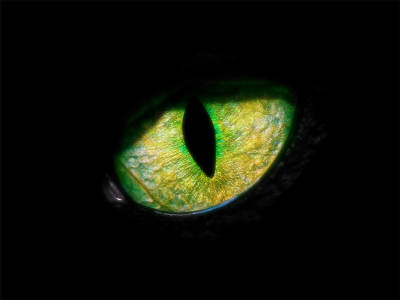A contact lens will be developed that will allow people with color blindness to recognize more colors

It is generally said that the human eye can identify one million colors, but some people have
OSA | Metasurface-based contact lenses for color vision deficiency
https://www.osapublishing.org/ol/abstract.cfm?uri=ol-45-6-1379
These Prototype Contact Lenses Could Allow Color-Blind People to Tell Green From Red
https://www.sciencealert.com/contact-lenses-to-correct-red-green-colour-blindness-could-soon-be-a-thing

In the human retina, there are three types of
The following image shows which color wavelength each S, M, L cone cell responds strongly to. The “S” helps to distinguish blue by reacting strongly to relatively short wavelengths, and the ML is important in distinguishing green, yellow, and red in response to longer wavelengths. If a problem occurs in one or more of these pyramidal cells, it will result in abnormal color vision, in which the colors cannot be distinguished well.

There are various types of symptoms commonly referred to as color blindness, and some people have
However, the rate of one color vision is rare, one in tens of thousands, and many color vision disorders are classified as congenital red-green vision disorders , which cause problems in M and L pyramidal cells. Sharon Karepov , a biomedical engineer at Tel Aviv University, points out that people with this type of color blindness have difficulty distinguishing red and green, causing problems in various aspects of daily life. You.
As a method for people with congenital red-green color blindness to recover color vision, 'EnChroma' sunglasses that correct color blindness have been developed. The mechanism by which EnChroma corrects color vision is to scatter the wavelength of light by appropriately mixing rare earth metals with transparent materials. The following article introduces how a person with color vision deficiency wearing EnChroma correctly recognizes the world's colors for the first time in his life.
The color of the son's eyes seen for the first time with sunglasses `` EnChroma '' that complements color blindness-gigazine

However, Karepov said, 'EnChroma is considerably more bulky than contact lenses,' and said that living with sunglasses all the time was a pain. Instead of using the lens itself as a filter to change the optical characteristics, Karepov's research team focused on a mechanism that changes the optical characteristics by changing the surface structure of the lens.
The contact lens developed by Karepov's research team uses a thin film of about 40 nanometers made of gold to modify the characteristics of light passing through the contact lens and correct color blindness. By using a thin film instead of the lens itself to change the surface structure, it is easier to fine-tune the product to meet individual needs.
Although existing technologies could only transfer thin films that change optical properties to flat surfaces, Karepov's research team developed a new technology to transfer thin films to curved lenses, and developed a contact lens that corrects color blindness. Successful development. At the time of writing, clinical trials of newly developed contact lenses have not been conducted, but laboratory simulations suggest that using contact lenses may improve the ability to distinguish colors by more than 10 times. I am.
The images below show, from the left, 'a scene seen by a normal person', 'a scene seen by a person with red-green vision impairment' and 'a person with red-green vision impairment' wearing a newly developed contact lens The scene was reproduced. You can see that contact lenses have significantly improved the ability to identify red. Karepov argued that the technology he developed to transfer thin films to curved lenses could be applied to a variety of other areas.

by Sharon Karepov
Related Posts:





